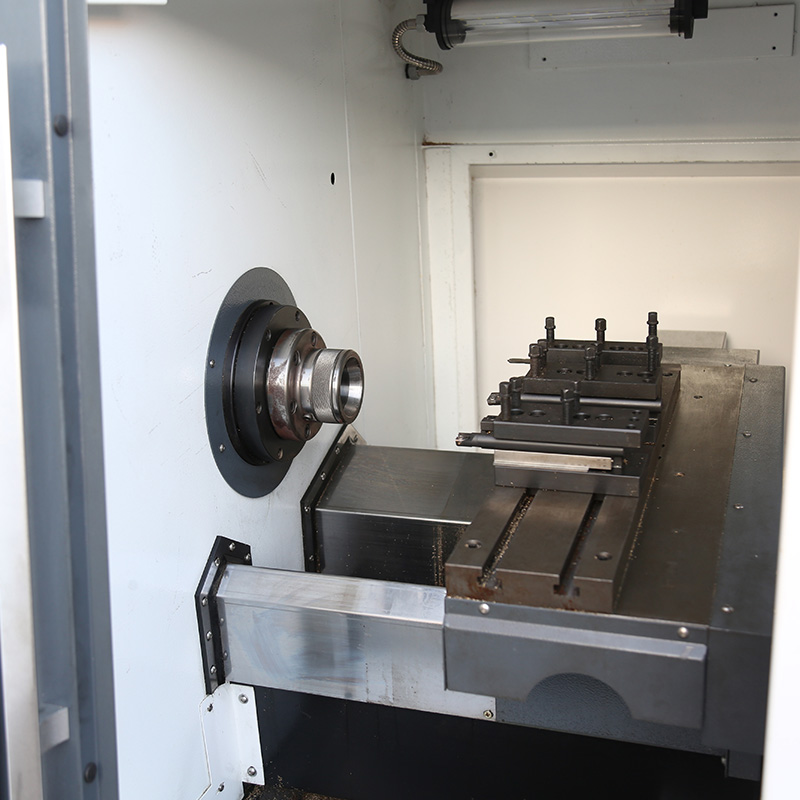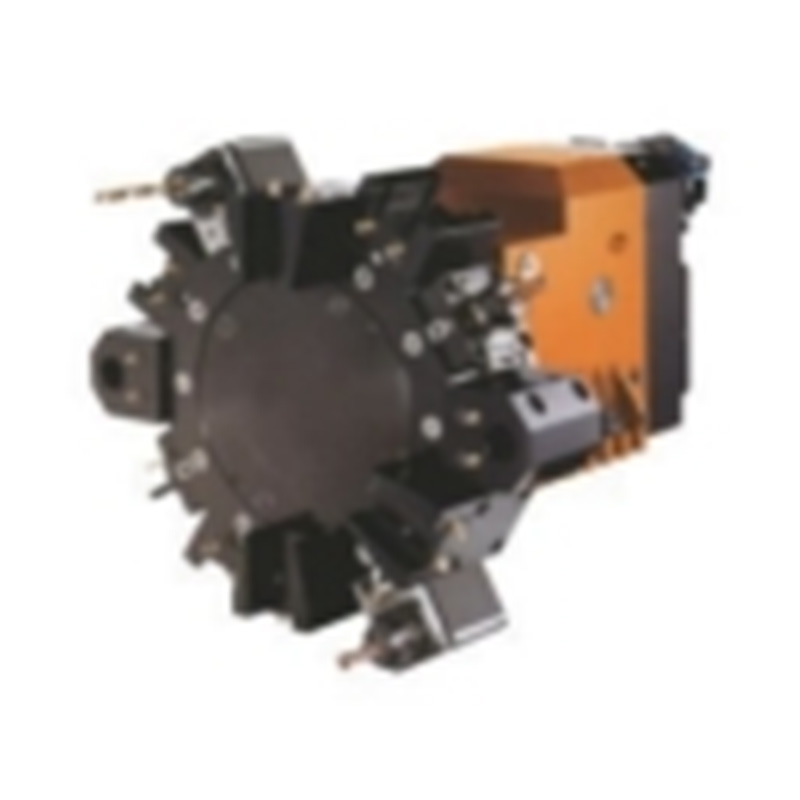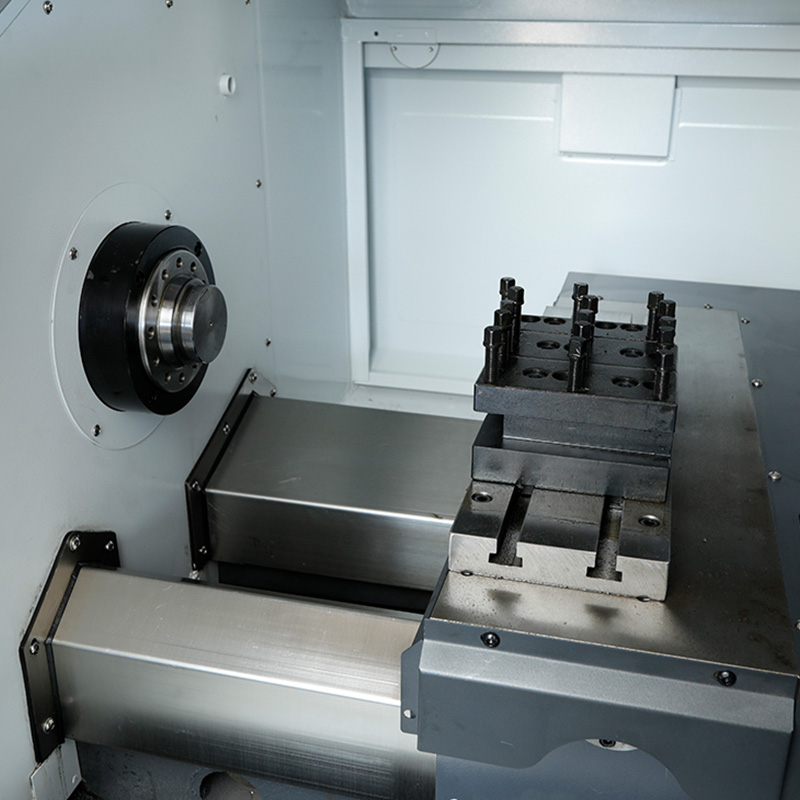CF32 Hydraulic Clamping CNC Polygon Turning Machine
Cat:Small Polygon Lathe
CF32 hydraulic clamping CNC polygon lathe is designed for milling small and medium-sized high-precision parts, which can mill square, octagonal, hexag...
See DetailsThe CNC fly cutter machine typically consists of several key components that work together to deliver precise machining results:
Spindle and Tool Holder: The spindle rotates the fly cutter arm, which holds the cutting tool securely. The speed and direction of the spindle are controlled by the CNC system.

Fly Cutter Arm: This is the rotating arm to which the single-point cutting tool is attached. The arm's length determines the diameter of the cut and the area covered during each pass.
Cutting Tool: Usually made from high-speed steel or carbide, the cutting tool is responsible for removing material from the workpiece. Its sharpness and geometry are crucial for achieving a smooth finish.
Worktable: The workpiece is fixed on the machine's table, which can move in multiple axes (X, Y, and sometimes Z) under CNC control. These movements coordinate with the fly cutter's rotation to machine the desired surface.
Control System: The CNC controller interprets the programmed instructions (G-code) to precisely control the movement of the table and spindle speed, enabling consistent and repeatable cuts.
The operation of a CNC fly cutter machine is based on the coordinated movement of the rotating fly cutter and the worktable. When the spindle rotates, the cutting tool sweeps across the workpiece surface in a circular path. Meanwhile, the CNC system moves the worktable slowly in a linear direction perpendicular to the tool's sweep.
This combination of rotational and linear movements allows the fly cutter to machine a flat surface by gradually removing thin layers of material. Each pass covers a small width of the surface, and successive passes overlap slightly to ensure uniformity.
Due to the controlled speed and feed rates managed by the CNC system, the cutting process produces a fine finish and accurate flatness, making the CNC fly cutter suitable for precision surface machining tasks.
The CNC fly cutter machine is versatile and used in many industrial sectors for various machining tasks:
Surface Finishing: One of the primary uses is to produce smooth, flat surfaces on metal plates or blocks, often as a preparation step for further machining or assembly.
Tool and Die Making: The machine is ideal for shaping the flat surfaces of molds, dies, and fixtures with high precision.
Automotive Industry: It is employed in machining engine components and other parts requiring flat mating surfaces.
Aerospace Manufacturing: The demand for precision and surface quality in aerospace parts makes CNC fly cutting an important process.
Prototype Development: For small batch production and prototyping, CNC fly cutters offer flexibility and precision without the need for complex setups.
There are several advantages to using a CNC fly cutter in manufacturing processes:
Precision and Accuracy: The CNC control allows for highly accurate surface machining with tight tolerances, ensuring consistency across multiple parts.
Surface Quality: Fly cutting produces an surface finish, often better than conventional milling methods, due to the slow feed rate and single-point cutting tool.
Cost-Effectiveness: Compared to multi-tooth milling cutters, fly cutters are simpler and less expensive to manufacture and maintain. The tool geometry is easier to sharpen or replace.
Flexibility: The CNC programming allows the machine to be used for various sizes and types of workpieces, accommodating different cutting depths and speeds.
Reduced Tool Wear: Since the cutting tool removes material gradually and the load is distributed over a larger area, tool wear tends to be slower, extending the tool's lifespan.

